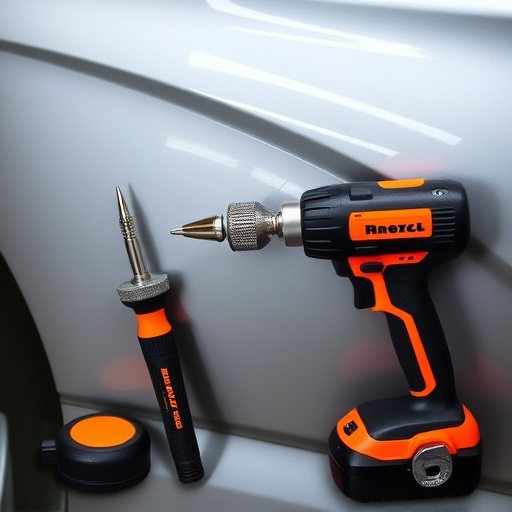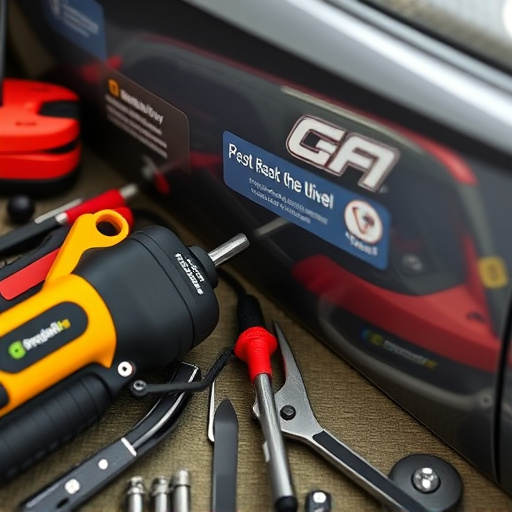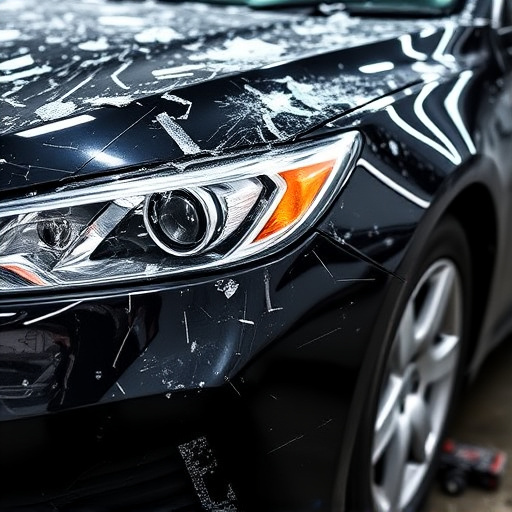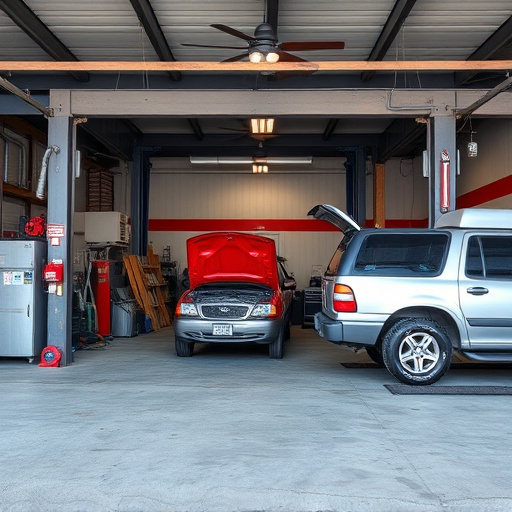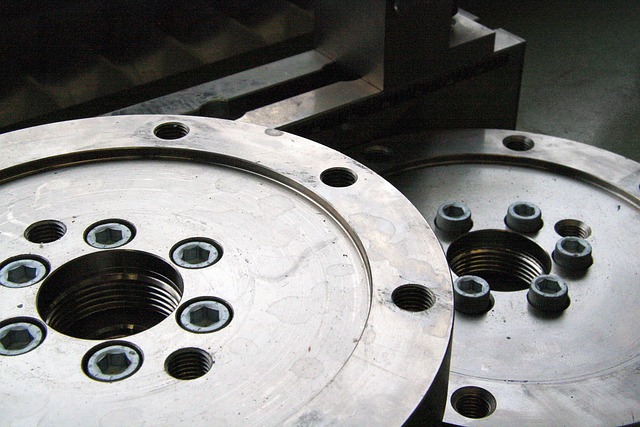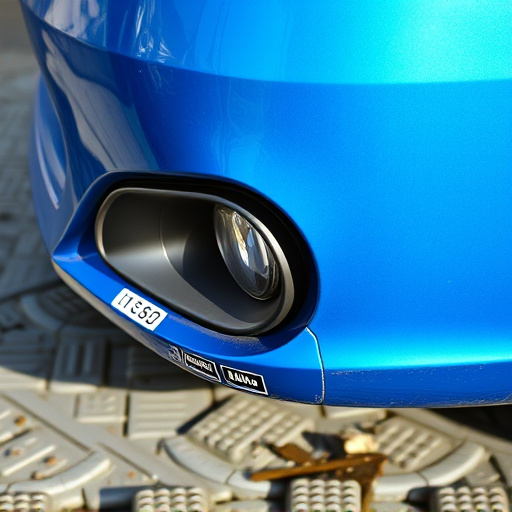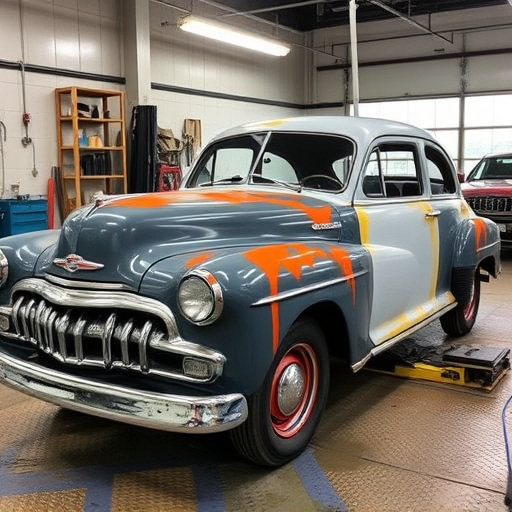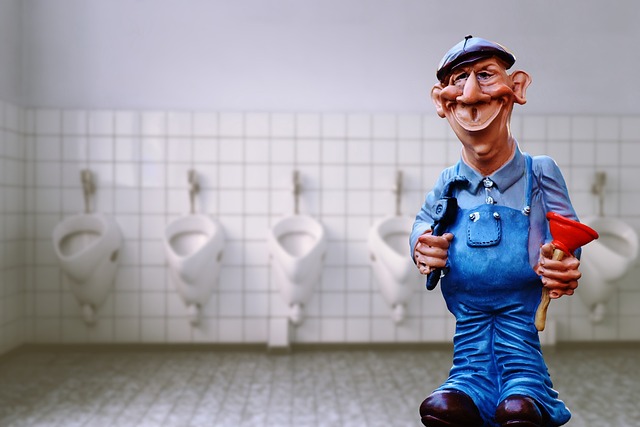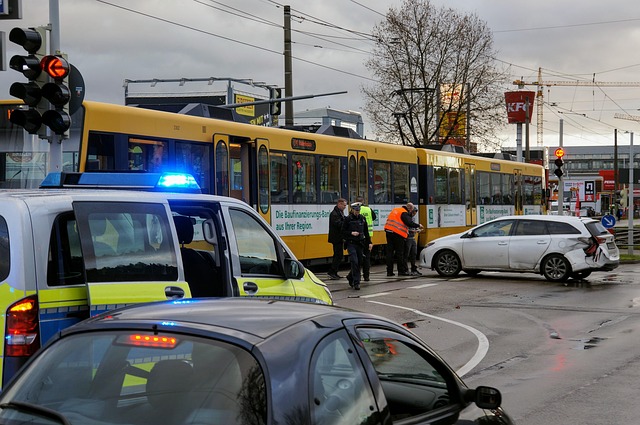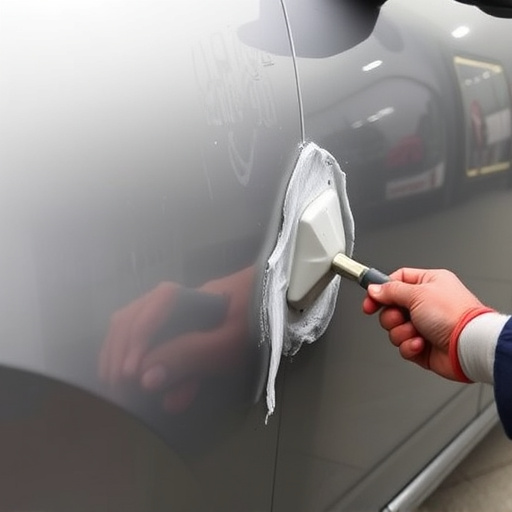The automotive industry is undergoing a significant transformation with the rise of electric vehicle manufacturers like Tesla, who have introduced the Tesla Direct Repair Program (TDRP). This centralized system streamlines collision repairs, enhancing communication between owners, authorized facilities, and manufacturers. The TDRP addresses challenges in traditional repair models by guaranteeing consistent quality, reducing wait times, and eliminating misaligned interests, ultimately prioritizing customer satisfaction and safety over cost-cutting measures.
In today’s competitive automotive landscape, manufacturers are seeking innovative solutions to enhance customer satisfaction and brand loyalty. The traditional repair model is evolving, as consumers demand faster, more efficient, and aligned service experiences. Among game-changers, Tesla’s Direct Repair Program stands out. This centralized system revolutionizes after-sales service, offering streamlined processes, improved data sharing, and significant cost savings. By partnering directly with Tesla, manufacturers elevate their brand image, foster customer loyalty, and gain control over the entire repair process—a growing preference in an increasingly digital era.
- The Evolving Landscape of Automotive Repairs: Why Traditional Methods Fall Short
- – Discussion on the limitations of traditional repair models
- – The need for a more efficient and aligned system
The Evolving Landscape of Automotive Repairs: Why Traditional Methods Fall Short
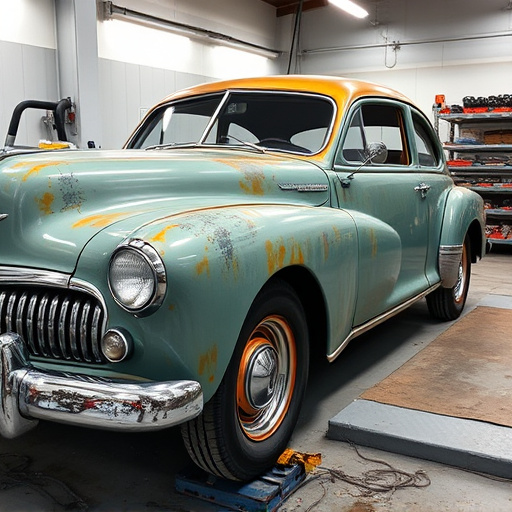
The automotive industry is undergoing a significant transformation, especially when it comes to repairs and maintenance. Traditional methods of collision repair, once the norm, are increasingly being challenged by modern alternatives. The rise of electric vehicles, led by Tesla and its innovative Direct Repair Program (DRP), is reshaping the landscape.
In the past, collision centers were the go-to for car restoration, often involving lengthy processes and multiple intermediaries. However, with Tesla’s DRP, manufacturers are now offering a more streamlined approach. This program facilitates direct communication and collaboration between owners, authorized repair facilities, and the manufacturer themselves. By embracing digital platforms and centralized systems, Tesla ensures faster, more accurate, and cost-effective collision repairs. The traditional, often fragmentized, process of dealing with various insurance companies and local shops is replaced by a unified network, providing a superior customer experience.
– Discussion on the limitations of traditional repair models
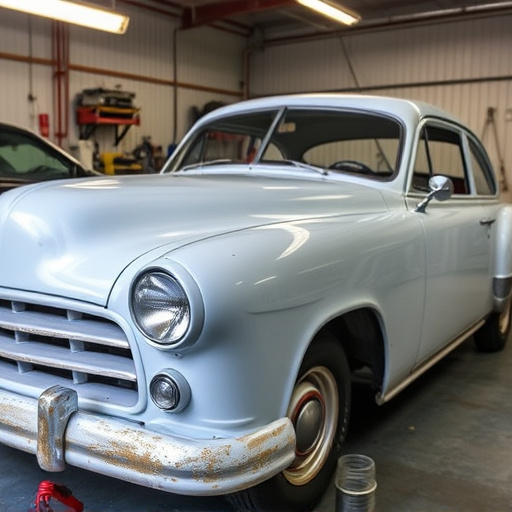
The traditional model of vehicle repairs, often involving a network of independent shops and mechanics, has long been the industry standard. However, this approach comes with several limitations that have prompted manufacturers to favor innovative solutions like Tesla’s Direct Repair Program (DRP). One significant drawback is the lack of control over quality and standardization; each shop operates independently, leading to inconsistencies in repair methods and standards across locations. This can result in suboptimal outcomes for customers, especially when dealing with intricate car bodywork services or complex automotive restoration projects.
Furthermore, traditional collision repair shops often prioritize speed and cost over comprehensive repairs. The competition for business can drive a race to the bottom in pricing, encouraging corners to be cut during the repair process. This not only affects the long-term performance of the vehicle but also poses safety risks. Tesla’s DRP, on the other hand, ensures that all repairs adhere to the manufacturer’s strict standards and guidelines, providing customers with peace of mind and a guaranteed level of quality for their automotive restoration needs.
– The need for a more efficient and aligned system
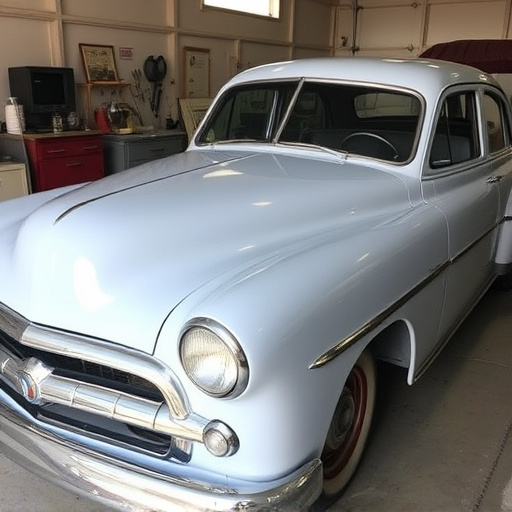
In today’s competitive automotive landscape, manufacturers are constantly seeking ways to enhance their after-sales services and maintain a strong relationship with customers. One significant evolution in this domain is the preference for direct repair programs, particularly the Tesla Direct Repair Program (TDRP). This shift is driven by the growing need for a more efficient, aligned, and customer-centric system. The traditional model of third-party repairs often results in misaligned interests, longer wait times, and less control over quality standards, all of which can negatively impact the owner’s experience.
The TDRP offers manufacturers like Tesla a way to streamline collision repair processes for their luxury vehicle models, such as the iconic Mercedes-Benz range. By adopting this program, manufacturers gain direct oversight, ensuring that repairs meet their strict standards and that customers receive top-quality service. This aligned approach benefits everyone involved, fostering trust and loyalty among Tesla owners who value their vehicles’ performance and integrity.
As the automotive industry evolves, manufacturers are recognizing the benefits of the Tesla Direct Repair Program, which offers a more streamlined approach to vehicle repairs. By aligning with this innovative program, manufacturers can enhance customer satisfaction and reduce costs associated with traditional repair models that often lack efficiency and consistency. Embracing direct repair strategies is a step towards a future where automotive services are as seamless as the vehicles themselves.
